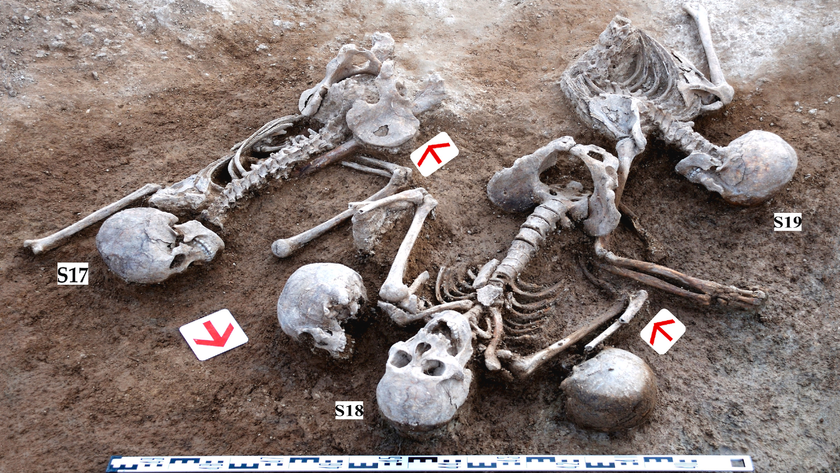Ornate Clothing from the Ming Dynasty Unearthed in China (Photos)
On the coast of the East China Sea, near the modern Taizhou City, archaeologists have unearthed an unusual find: A husband-and-wife tomb dating to the Ming Dynasty that contains extraordinarily well-preserved clothing, decorated with elaborate designs.
Gowns belonging to both the husband and wife covered in highly intricate patterns — including lotus flowers, banana leaves, coins and chime stones — were unearthed when the 500-year-old tomb was excavated, the researchers reported.
The findings demonstrate that China was a prosperous place during the Ming Dynasty, which lasted from 1368 to 1644, experts said. [Full story: Opulent Clothing Unearthed in Ming Dynasty Tomb]
Here is a look at the clothing within the tomb. (Images courtesy Chinese Cultural Relics.)
Intricate patterns
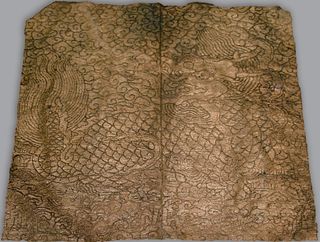
The patches seen here are from an undershirt found in the wife’s coffin. The design depicts a Kylin, a mythical creature with a dragon’s head, scaly body and bushy tale. The Kylin is shown amidst clouds, sea water and rocks. A banner found with the wife's coffin revealed that the woman buried here is "Lady Xu, Deceased Mother of the Wang family of the Ming Dynasty." The husband's banner was in poorer condition, although fine clothes were also found in his coffin.
A mythical creature
Sign up for the Live Science daily newsletter now
Get the world’s most fascinating discoveries delivered straight to your inbox.
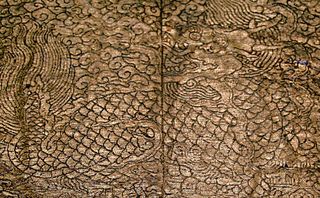
A close up of the Kylin with the image sharpened and enhanced. (Image enhancement by Owen Jarus.)
Elaborate shoes
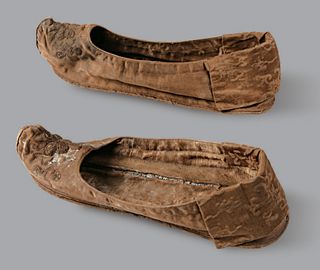
These shoes were also found in the wife's coffin. The "toes are embroidered with patterns of flowers, ancient coins, square knots and chime stones," researchers noted in their report, while the heels "are woven with floral and miscellaneous treasure patterns."
Clothing for the afterlife
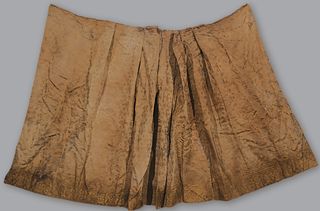
The wife's coffin contained several skirts including this one, which is 35 inches (89 centimeters) long and decorated with gold thread.
Delicate details
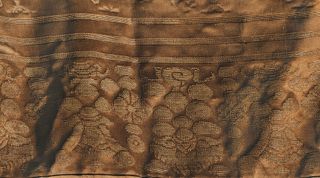
A close-up view of some of the patterns on the skirt with gold thread.
For the hair
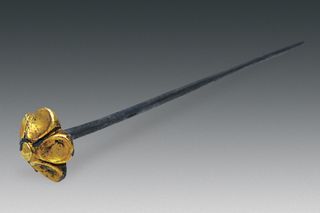
This silver hairpin, with gold cladding, was found in the wife's coffin.
A place to keep things
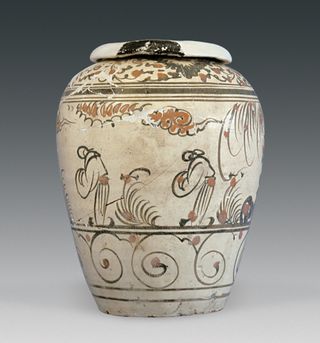
This porcelain jar was found in the wife's coffin.
For him
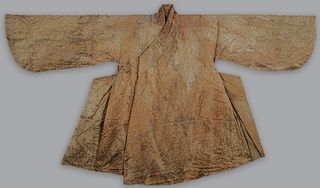
The husband’s coffin also contained fine clothing. This gown, which was found in his coffin, was elaborately decorated.
Masculine details
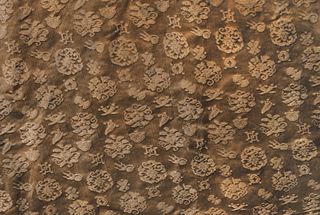
A close-up view revealing some of the gown's decoration. Researchers wrote that the "fabric is woven with a lotus, peony, plum and chrysanthemum flowery pattern, interspersed with miscellaneous treasure patterns, such as coin, fire beads, horns, squares, banana leaves, ruyi-scepter, silver bullion and chime stones."
Moving on
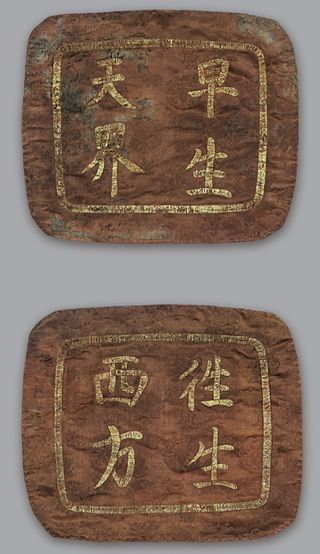
This pillow sheet, in two pieces, was also found in the husband's coffin. It says "early fly to Heaven" and "to be born in the next life in the Western World."
The researchers didn't speculate on what religious beliefs the husband and wife may have held. However, the phrase "western world" could be a reference to Buddhist beliefs. There is a paradise, also called Sukhavati, that exists in the far west, according to the Pure Land school of Mahayana Buddhism. The paradise can be entered by invoking the name of the Amitābha Buddha.


